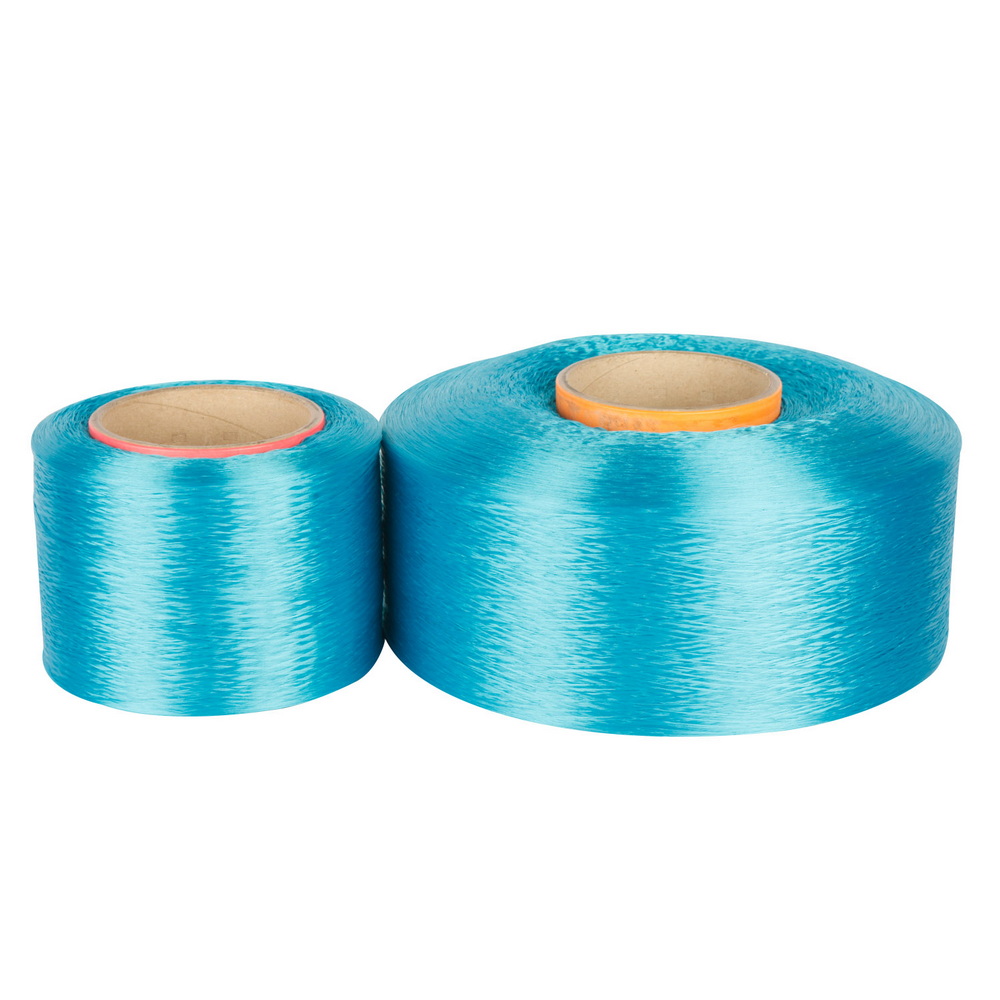The longitudinal surface of polypropylene fiber is smooth and flat, with a circular cross-section.
One of the greatest advantages of polypropylene fiber is its light weight. With a density of only 0.91 g/cm³, it is the lightest among common chemical fibers. Therefore, polypropylene fiber of the same weight can provide a larger coverage area compared to other fibers.
3.Strength and Elongation
Polypropylene fiber has high strength, large elongation, relatively high initial modulus, and excellent elasticity, which contributes to its good wear resistance. In addition, its wet strength is basically equal to its dry strength, making it an ideal material for manufacturing fishing nets and cables.
4.Hygroscopicity and Dyeability
It is light in weight and has good thermal insulation. It has almost no hygroscopicity, but strong wicking ability, showing obvious moisture absorption and sweat wicking effects. The hygroscopicity of polypropylene fiber is extremely low—its moisture regain is close to zero under normal atmospheric conditions. However, it has a wicking function, allowing water vapor to be transmitted through the capillaries in the fabric, though the fiber itself does not absorb moisture at all. Polypropylene fiber has poor dyeability and an incomplete color spectrum, but this defect can be remedied by means of dope dyeing (mass pigmentation).

View More(Total0)Comment Lists